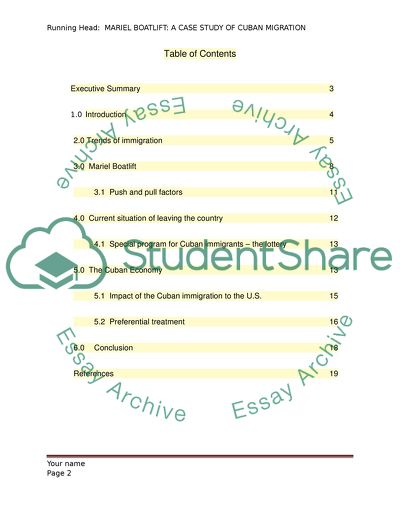Cite this document
(Cuban Migration to the United States Research Paper, n.d.)
Cuban Migration to the United States Research Paper. Retrieved from https://studentshare.org/social-science/1856845-int-388-cuban-migration-to-the-united-states
Cuban Migration to the United States Research Paper. Retrieved from https://studentshare.org/social-science/1856845-int-388-cuban-migration-to-the-united-states
(Cuban Migration to the United States Research Paper)
Cuban Migration to the United States Research Paper. https://studentshare.org/social-science/1856845-int-388-cuban-migration-to-the-united-states.
Cuban Migration to the United States Research Paper. https://studentshare.org/social-science/1856845-int-388-cuban-migration-to-the-united-states.
“Cuban Migration to the United States Research Paper”, n.d. https://studentshare.org/social-science/1856845-int-388-cuban-migration-to-the-united-states.


